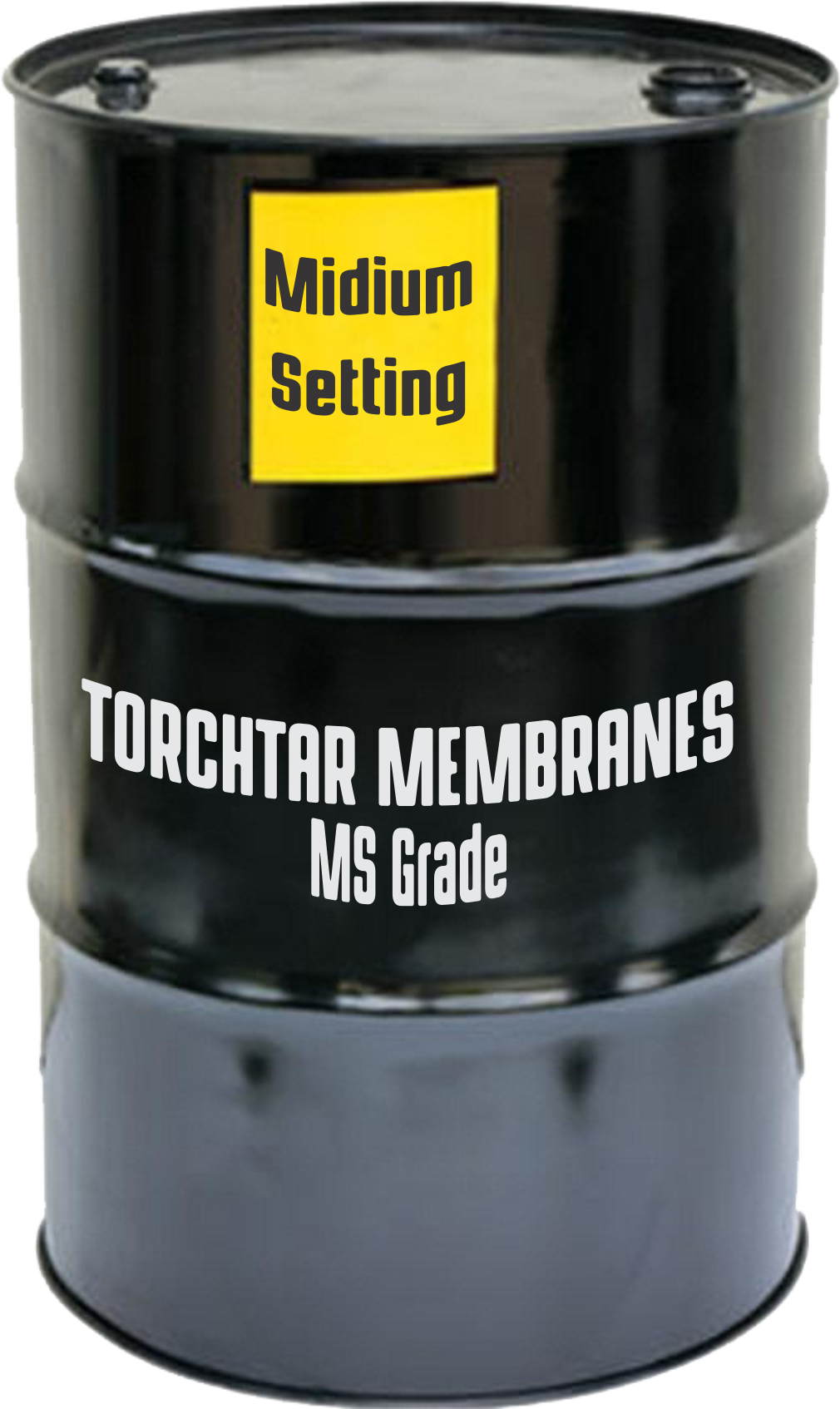AREA OF USAGE
- Micro surfacing. Preserve and protect underlying pavement structure and provide a new driving surface.
- Slurry Seal. Can be applied as thin as 2mm and not more than 6mm.
- Cold Mix. It is a mixture of mineral aggregates, and Bitumen Emulsion is used for general surfacing or open graded premix carpet, road repairs and maintenance, damage road surfaces or potholes, restoring excavated surface etc.
- Tack Coat. It is a light spray of Bitumen Emulsion for ensuring a good bond between an old and a new bituminous surface layer.
- Prime Coat. It is used for preparing a granular road base for bituminous surfacing.
- Fog Seal / Crack Seal. It is used to renew old bituminous surface suffering from oxidation, drying, cracks or surface voids.
- Surface Dressing. It is simple and inexpensive road surface treatment. With proper drainage, maintenance and resurfacing, surface dressed road can last for a long time.
KEY FEATURES
- Improved workability: It can be applied at lower temperatures and has a lower viscosity, which reduces the risk of delays in the construction process.
- Reduced environmental impact: Bitumen emulsion is water-based and emits fewer harmful fumes and gases during the application, making it a more sustainable choice for road construction.
- Enhanced performance: Bitumen emulsion is more resistant to water damage and can be applied more easily in colder temperatures, making it a more versatile and reliable material for road construction.
- Safer for workers: Bitumen emulsion does not require heating or other high-temperature processes during the application, which reduces the risk of accidents and injuries for workers.
- Lower overall cost: Bitumen emulsion is more cost-effective to produce, transport, and apply than traditional bitumen, which can help reduce the overall cost of road construction projects.
Color|Form: Liquid/Brown
Packaging: Available in 20 Kg bags &140 kg Drums | Pallet Packing
Applicable Standard: IS: 8887
Coverage: As per grade
Shelf Life : 12 months from the date of manufecture when maintain in protected storage in original unopened sealed condition at 5-40ºC
Storage Condition
Store under cover out of direct sunlight and protect from extremes of temprature. In tropical climets the product must be stored in an airconditioned enviornment. failure to comply with the recommended storage conditions may result in premature deterioration of the product or packaging.
Although bitumen emulsions are typically sprayed cold, they can be heated to 60ºC to increase fluidity. The fundamental advantage of using bitumen emulsion is its ability to be applied cold, although the product’s aqueous phase defines its slow or fast-breaking property. Followings are the main application areas of bitumen emulsion:
Tack coat
A tack coat is a film of bitumen applied between the two bituminous layers in the road construction process. Applying one layer of bitumen emulsion as a tack coat between the two bituminous layers of surface courses aids in the bonding of the two layers and prevents them from slipping. This application requires a Cationic Rapid Set (RS) or Cationic Slow Set (SS) bitumen emulsion. A tack coat is also applied to the surface of an old, worn-out road before covering it with a new layer of asphalt.
Prime coat
Bitumen emulsions are also used as prime coats due to their low viscous state to bind the granular aggregates of the base course. The good fluidity of bitumen emulsions helps them penetrate the base layer and create a light, protective bituminous layer on the base course, which helps in good bonding between the non-bituminous base course and the surface course made of asphalt concrete. The prime coat also prevents moisture ingress and ensures a stable, adherent surface layer.
Seal coat
Bitumen emulsions as seal coats are applied on the surface layer to protect against moisture and provide a long-lasting barrier. Seal coats also make the road more skid-resistant yet keep the surface smoother.
Also, road emulsions are often used in conjunction with aggregator materials of varied sizes to maintain the proper rolling resistance. For example, in a double surface treatment, 3/8″ and 3/4″ crushed quarry materials with broken faces and less than 25% wear are commonly employed.
